-
Call Us
+91 8983836955 For Our Global Presence click here - Gut No - 324, MIDC Phase - II,
Chakan Industrial Area,
Village Bhamboli, Tal - Khed, Dist - Pune,
Maharashtra, INDIA - 410501

- August 25, 2023
- gas valve Ship Valves valves
7 Common Types of Gas Valves Utilized in the Oil & Gas Industry
The oil and gas industry relies heavily on the efficient flow of materials through pipelines, a task that necessitates the use of reliable equipment. Among these crucial components, gas valves play a vital role. These devices regulate the flow of oil and gas, allowing for precise control over the movement of liquids and gases within pipelines. Gas valves manage fluid flow by starting and stopping, adjusting quantities, controlling direction, and maintaining or relieving pressure. To cater to diverse operational environments, a variety of gas valve types have been developed over the years. Understanding these types is crucial for ensuring the safe and smooth transportation of materials in the oil and gas sector.
Exploring Gas Valves:
A gas valve is an apparatus designed to regulate the flow of oil and gas. By opening or closing apertures, the volume of fluids passing through pipes can be managed. Valves enable fluid control by means of starting and stopping flows, regulating quantities, adjusting flow directions, and managing pressure levels.
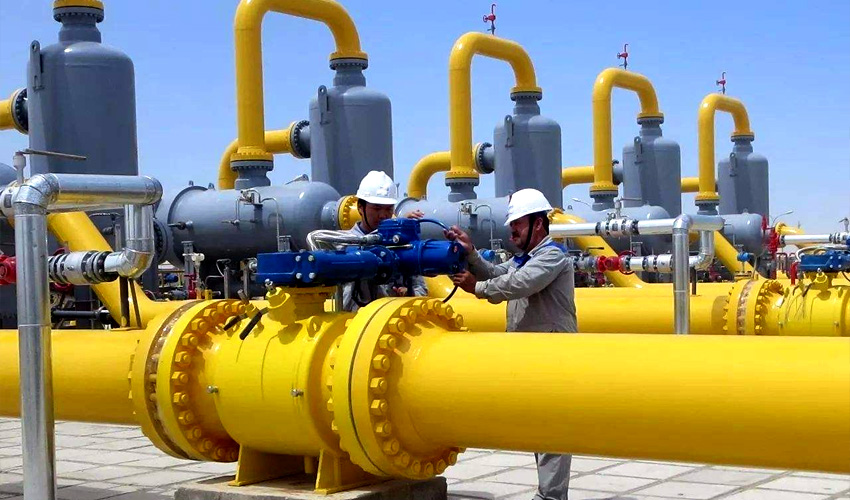
The diversity of operational conditions in the oil and gas industry has led to the development of numerous valve types. Each type offers distinct advantages and drawbacks, making it essential to grasp their applications to ensure efficient operation within the industry.
Varieties of Gas Valves and Their Applications:
Given the array of environments they are employed in, there are several types of gas valves commonly used in the oil and gas sector. Below is an overview of seven such types:
2 Globe Valves:
Among the most prevalent in the industry, gate valves employ a gate mechanism to completely open or close pipelines. These valves are ideal for maintaining controlled flow rates. When fully open, the unobstructed channel enables smooth passage of even slurry fluids like crude oil. However, gate valves are less suitable for applications requiring throttling due to the absence of noticeable pressure drops upon usage.
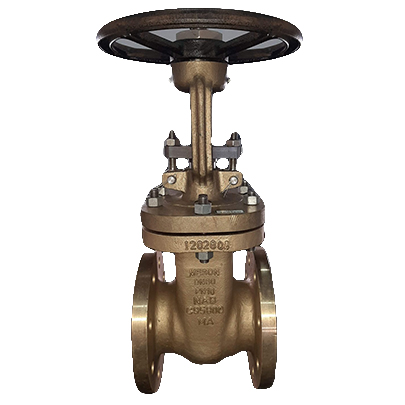
2 Globe Valves:
Globe valves are often chosen when precise pressure control is needed. They are also employed for on-off operations. These valves feature a vertically positioned valve plug that can be raised or lowered by the actuator. Due to their S-shaped passageway, they tend to cause greater pressure drops compared to other valve types. Globe valves are well-suited for flow regulation and throttling functions.
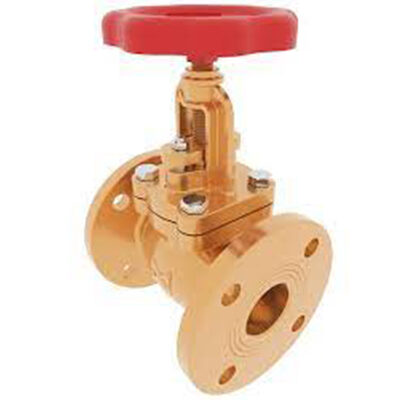
3. Check Valves:
Check valves find utility in gas refineries where preventing backflow is crucial. Operating under pressure, these valves prevent the reverse movement of fluids, thereby averting cross-contamination of products. This eliminates the need for an actuator and requires precise installation to ensure optimal response to fluid pressure.
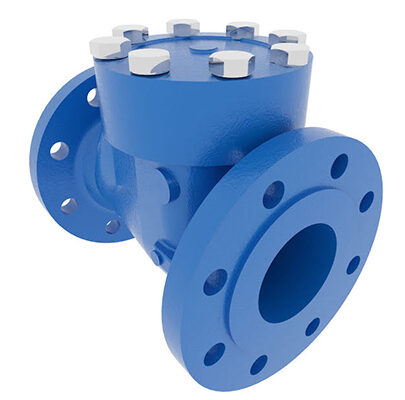
4. Plug Valves:
Comprising a plug-shaped disc with a horizontal passageway, plug valves facilitate fluid movement when in the open position. A 90-degree turn of the actuator blocks flow through the pipeline. Although not recommended for throttling, these valves are suitable for unrefined oil products in applications like biogas production.

5. Ball Valves:
Rotary ball valves are employed for rapid shut-offs in situations demanding tight seals. They are most effective in fully open or fully closed positions and are not ideal for regulation or throttling. Available in various styles, such as floating ball valves for low-to-medium pressure pipelines and trunnion ball valves for high-pressure conditions, they offer ease of repair, strong sealing, and swift shut-offs.
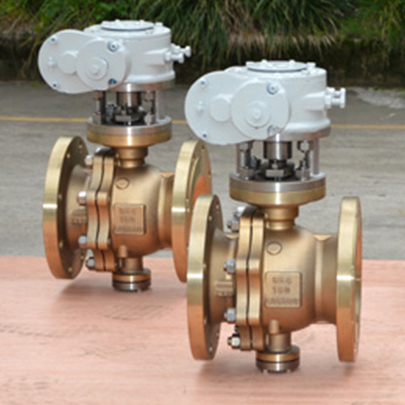
6. Butterfly Valves:
Butterfly valves boast simple construction, light weight, and compactness. They regulate flow using a disc-type element controlled by a rod. These valves can manage high-pressure pipelines and enable easy material flow. Their tight closure when shut makes them suitable for large-diameter pipes where gate valves are not applicable.
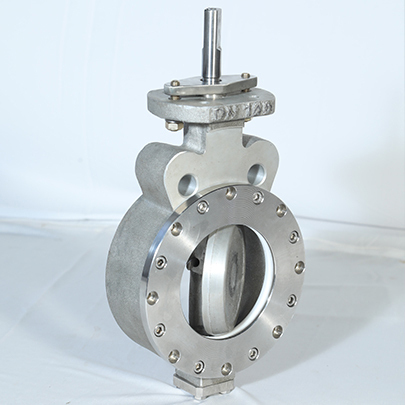
7. Slam-Shut Valves:
Slam-shut valves enhance equipment safety upstream or downstream. Positioned before regulators, they automatically close upon detecting significant pressure changes, necessitating manual reopening. Also known as relief and safety valves, they are indispensable in preventing accidents and injuries in the oil and gas sector.
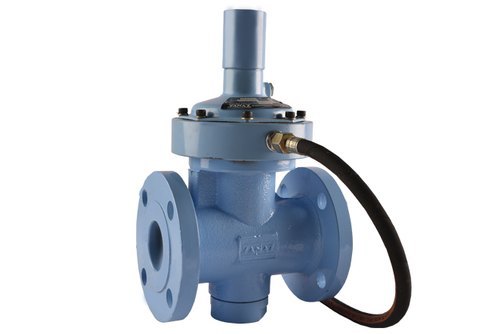
Selecting the Appropriate Valve:
Choosing the right gas valve can be challenging due to the variety of types and functionalities available. Determining the primary function of the valve and assessing factors like pressure levels, the need for additional safety measures, and automation possibilities can guide the selection process. Environmental considerations also play a role in selecting suitable valve materials. By considering these factors, the optimal valve for a given process can be identified.
Conclusion:
Gas valves are integral to the oil and gas industry, enabling the controlled flow of materials through pipelines. Understanding the various valve types and their applications is essential for ensuring the safety, efficiency, and success of operations within this critical sector.
We specialize in providing high-quality valves for the gas industry, offering a range that includes slam-shut valves, gas shut-off ball valves, and gas plug valves. Feel free to reach out to us whenever you need further details about our gas valves or any other products in our inventory. Our team is both friendly and well-informed, always prepared to address your inquiries and assist you in acquiring the most suitable equipment for your project.
